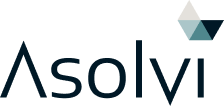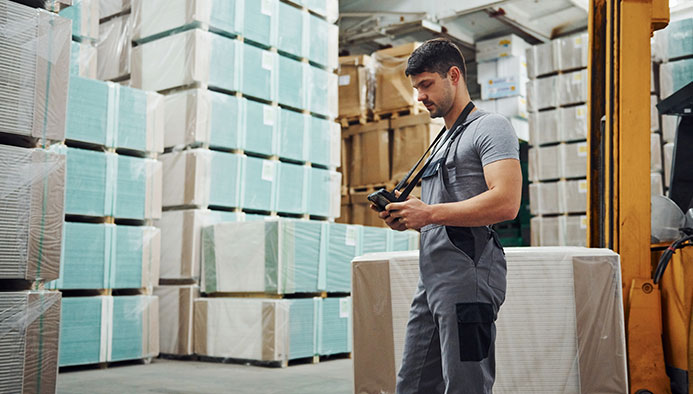Following the recent acquisition of TIVAPP, Asolvi now has a significant presence in the fire and security sector in the UK & Ireland, Scandinavia and the DACH region. This gives us a good pan-European perspective on the industry and how it is likely to evolve in 2021. We see the 6 key trends that are likely to affect the market in 2021 as being:
1. Rise in the number of CCTV cameras
There has been a significant rise in the installed base of CCTV cameras during 2020 and we expect this to continue into 2021. While home-working has been highly prevalent in 2020, due to Covid, the rise in CCTV numbers has actually been driven by domestic installations. This is probably because home workers have come to realise that there are a lot of deliveries and other activities occurring at domestic premises during the working day. Many have therefore installed cameras in order to provide re-assurance for when they resume going to meetings, travelling or merely just working in an office.
2. Further process optimisation
The recent move to e-invoicing for all commercial interactions with German federal states (see https://ec.europa.eu/cefdigital/wiki/display/CEFDIGITAL/eInvoicing+in+Germany) is but one example of how organisations, both large and small, are looking to optimise their processes through automation. The Covid pandemic has even further accelerated this trend, by reducing both the level of actual personal contact and the desire to physically handle paperwork. For fire and security professionals, this will mean that invoicing, spare parts ordering, certification and many other facets of their operation will need to be increasingly automated.
3. Increased levels of detail in documentation
With the increasing levels of automation comes the increased capability to capture detailed information. For regulators, customers and other interested parties, that capability can often become a requirement. This means that basic levels of automation will no longer be adequate and that sophisticated solutions will be required to meet these new and growing mandated levels of data capture.
4. Data access from anywhere
With home-working now firmly established as a viable option for many people, the ability to access data from any location is increasingly important. While many people will return to work in offices post-Covid, it is likely that many will only do so occasionally or, at most, a couple of days per week. So, the ability to access a wide variety of data – from financial to operational – will be important in most sectors. Fire and security is unlikely to be an exception.
5. Security as a Service
Known as either SaaS (which can be confusing) or SECaaS, these solutions are becoming increasingly popular for organisations as a means of easing the in-house security team’s responsibilities, scaling security needs as the business grows or shrinks and avoiding the costs and maintenance of on-premise alternatives.
6. Big Data
This has been a buzzword in many sectors for several years, but we see that 2021 will see the use of data in the fire and security sector increasing. Much attention is focused on storing and analysing the data, but accurate and timely capturing of the relevant data should not be ignored.





